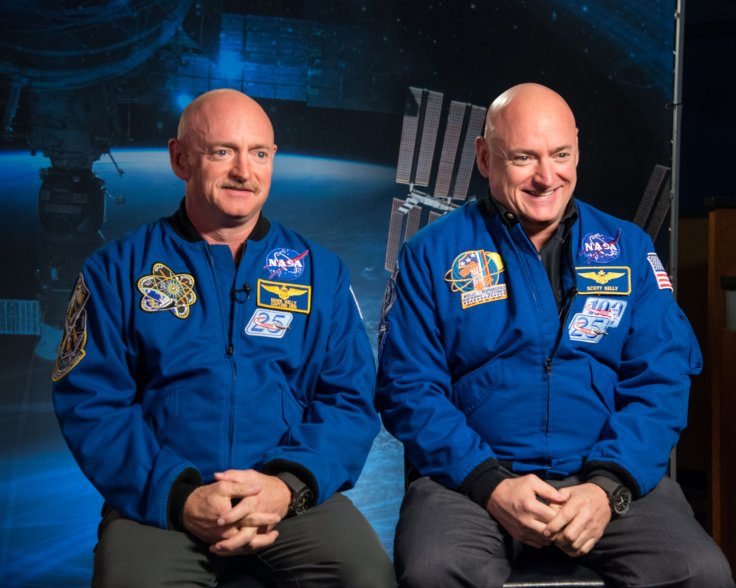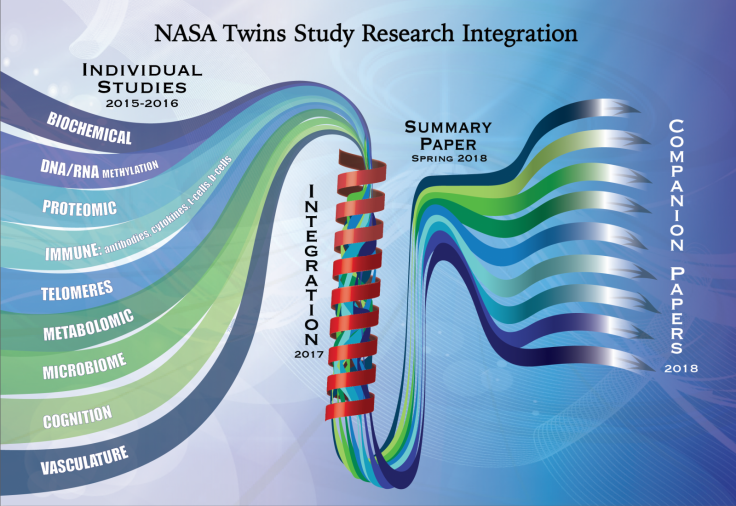
NASA has finally published its "Twin Study" reports from its study of genetic, physiological and psychological changes happening to humans during outside Earth missions, at the 2018 NASA's Human Research Program (HRP) Investigators' Workshop (IWS) in Galveston, Texas.
The research was conducted on NASA astronaut Scott Kelly who spent one year in the International Space Station and his identical twin Mark Kelly who spent the experimental period on Earth under observations.
The research is considered a stepping stone for a three-year-long human mission to Mars which has been aimed for the next decade. The researchers measured a large number of metabolites, cytokines, and proteins and found that the astronaut faced conditions like oxygen deprivation stress, increased inflammation, and dramatic nutrient shifts that affect their gene expression.
It was found that Scott Kelly on return to Earth soon started to readapt to the Earth's gravity. Most of the biological changes he experienced in space became normal like his prefight conditions. It was found that different conditions took varying timelines to readjust to normal Earthly standards. Some took hours or days to be normal after landing while others persisted even after six months.

Telomeres or the endcaps of chromosomes that shorten with one's age had become significantly longer in Scott during his space days. Researchers did multiple tests to verify this result. However, the telomeres shortened on itself within two days after Scott's return to Earth.
Researchers have found that 93% of Scott's genes which had undergone changes in the space environment had returned to normal. The remaining seven percent genes connected with the long-term changes are related to immune system, DNA repair, bone formation networks, oxygen supply network and those resulting in elevated CO2 levels in the blood.
Scott did not show any significant changes in his brain functions when compared to Mark. However, he faced a decrease in his speed and accuracy on his return. This might be due to re-exposure and readjustment to Earth's gravity or due to his busy schedules after the mission.
Researchers have released more detailed reports of their study findings as NASA Twins Study Investigators to Release Integrated Paper in 2018. All the findings so far will be integrated and summarized by the researchers to publish a more detailed report by later part of 2018. Researchers will also release series of smaller papers of related research areas.
The research has huge significance as NASA and other international space agencies and private aerospace companies have plans to send humans to Mars. The study will give insights on the possible changes that could happen to these Martiantravellerss during their missions.
American aerospace company SpaceX aims to send humans to Mars by 2024 while NASA's manned Mars mission will be launched by 2030.









